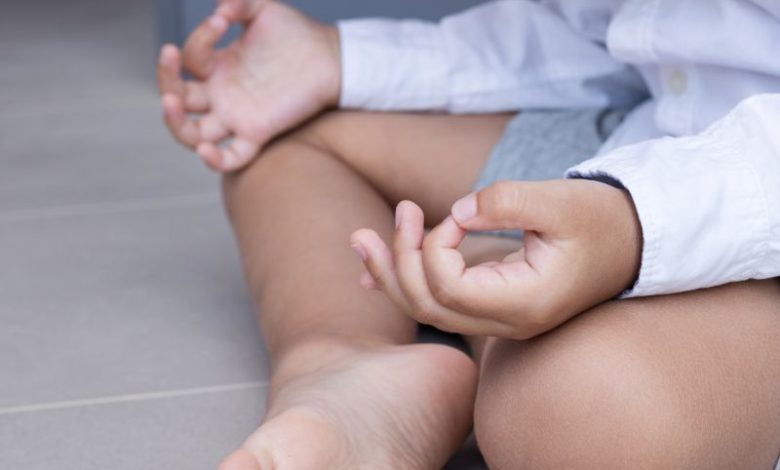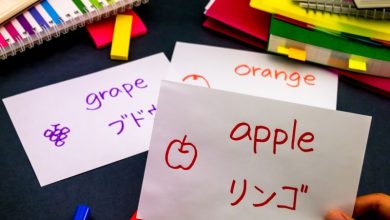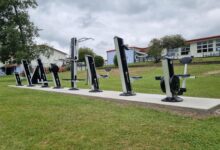Calming breathing exercises for learning
Learning is best done in a calm and focused environment. Start the school day right with these breathing exercises.

Breathing is a powerful tool for emotional and mental regulation. Deep breathing is one of the best ways to relieve stress and anxiety, and the simple act of leading students through a breathing exercise at the beginning of the day could help clear their minds and prepare for deep learning.
Incorporating these exercises into a daily routine can help create a classroom culture that is settled, regulated and calm. At any time in the day, if students lose focus or the class becomes distracted, students can return to these exercises or take a breathing break.
Besides improving the class environment, using these breathing techniques can improve student wellbeing, and teach ākonga strategies for self-regulation when they are feeling overwhelmed.
Read the latest print edition of School News HERE
Making breathing routine
Establishing a routine for breathing exercises could involve having a regular place and time to do them.
This may be after roll call, at the beginning of the day, or after breaktimes. Students should be in comfortable positions, either seated on the mat or on chairs, or lying down.
On good days, take advantage of the weather by bringing students outdoors. As a bonus, being outside in green spaces can also have wellbeing benefits.
Exercises
- Deep breathing, aka diaphragmatic breathing or belly breathing
Prompt your students to sit up straight or lie down so their spine is straight against the floor. Ask them to place one hand on their chest and the other on their belly. Have them focus on breathing deeply in and out through their nose and into their belly, feeling the stomach expansion with their hand. As they breathe out, ask them to concentrate on feeling their belly deflate.
- 4-7-8 breathing
Have your students breathe in for the count of four, hold for seven, then exhale for eight. You might want to count, clap or otherwise keep time as students do this exercise. This breathing method is effective for relaxing and relieving anxiety.
- Lion’s breath
Have your students imagine they are a lion or a creature that roars. Have them breathe in deeply all the way to the tops of their lungs. Then have them open their mouth as wide as possible and breathe out with a “HA” sound.
- Pursed lip breathing
This slows down breathing and may help down regulate children after breaktimes. Have students relax their shoulders and inhale through their nose for a count of two. Exhale through pursed lips for a count of four.
- Focused breathing
Ask students to focus on a word. Students may choose their own word or teachers might choose a word for the class. Examples include relax, peace, calm or focus. Prompt students to become aware of their breathing, but not to change it, and focus on the embodied sensation. Prompt the class to begin belly breathing, and exhale with a sigh. Ask students to focus on the chosen word. Imagine they are inhaling the focus word, and exhaling tension and anxiety.
- Alternate nostril breathing
Have participants sit in a comfortable position. After an exhale, use one hand to block the right nostril, inhaling through the left. Close the left nostril and exhale through the right. Inhale through the right then exhale through the left. Continue this cycle for a few minutes.
- Equal breathing
Have participants focus on making their inhales and exhales the same length. Make sure the timing is sustainable for a few rounds.
The above exercises are just some examples of breathing exercises you can employ in the classroom. Teachers might also wish to follow short, guided meditations with their classes which can be found for free on YouTube. These promote mindfulness and wellbeing for happy, healthy students who are ready to learn.









